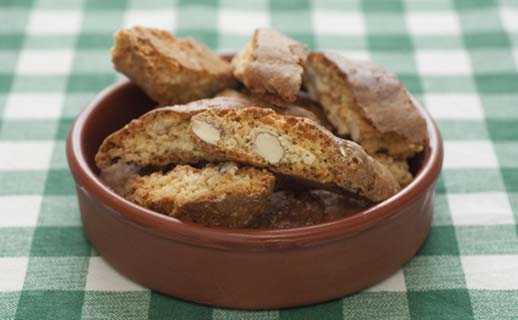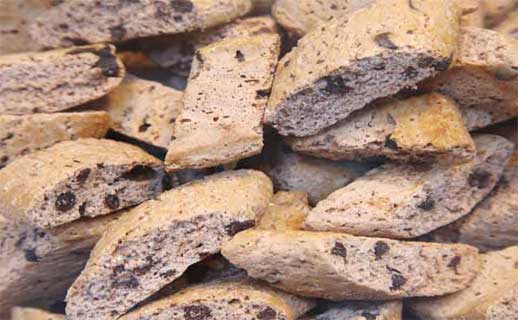Hazelnuts
Hazelnuts, also known as filberts in the United States, or cobnuts in the United Kingdom are the nuts of various kinds of hazel trees. They are spherical to oval in shape, between 15 and 25 millimeters in size, and have an external fibrous husk and a smooth inner shell that protects the nut. When the nuts are ripe, the husks fall from the trees and are gathered from the ground.
History
The first known use of hazelnuts as food was discovered in 1995 in Scotland. Archaeological digs revealed roasting pits and shells of mass quantities of the nuts dating back to 9,000 B.C. The nut is also documented by in ancient civilizations in Turkey, Italy, and Spain. A North American variety of hazelnut, the filbert, has been grown commercially in Oregon for two centuries and the U.S. now produces the majority of hazelnuts for the world market.
Healthful Benefits
Hazelnuts are heart-healthy food according to the United States Food & Drug Administration (USDA). U.S. Government reports show:
- Eating a 1.5 ounce portion of hazelnuts a day may help reduce the risk of cardiovascular disease.
- Hazelnuts have the highest concentration of folate of all tree nuts. Folate is associated with decreased risk of neural tube birth defects and may mitigate risk of cardiovascular disease and depression.
- The proanthocyanidin content in hazelnuts not only lends an astringent flavor to foods, but may also help reduce the risk of blood clotting and urinary tract infections.
- Hazelnuts are a good source of dietary fiber - a nutrient that aids in lowering cholesterol and has a mild laxative effect to help prevent constipation.
- The carbohydrates in hazelnuts are preferable to other forms of carbohydrates.
Nutritional Facts
A fourth of a cup of hazelnuts contains 212 calories and these vitamins and minerals:
Vitamin A, Beta-carotene, Lutein and zeaxanthin, Vitamin B1, Vitamin B2, Vitamin B3, Vitamin B5, Vitamin B6, Folate, Vitamin C, Vitamin E, Vitamin K, Calcium, Iron, Magnesium, Manganese, Phosphorus, Potassium, Zinc


